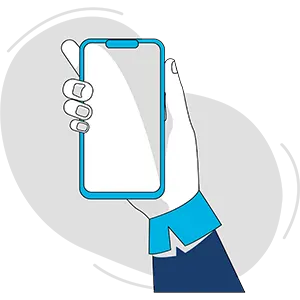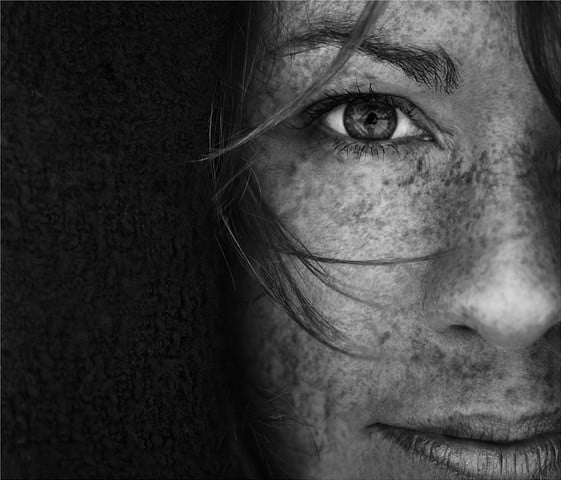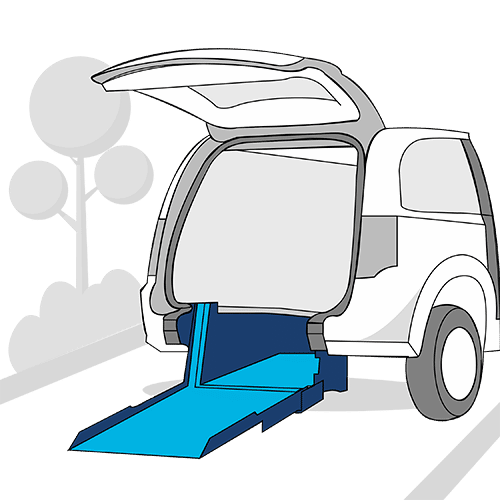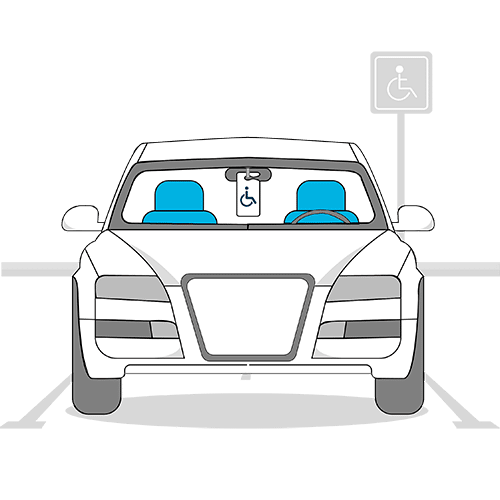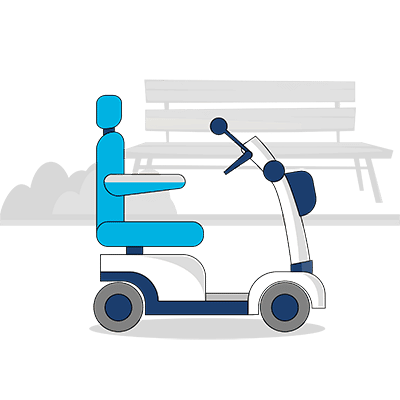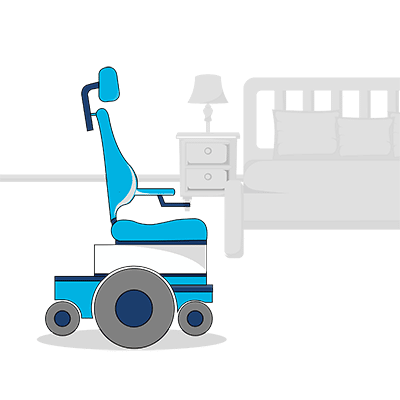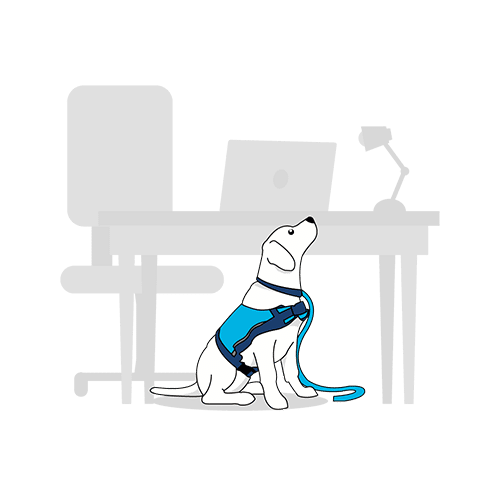For many years Eva Sifis used art to communicate with people regardless of how their mind functions or what language they speak. But when she was hit by a car while crossing a highway in 1999, her life was reset, and so was her ability to communicate. She woke up in hospital to white walls and distant murmurs – perhaps how a new-born baby feels? She now had an acquired brain injury.
Eva couldn’t speak and she couldn’t walk. Let alone dance, which had been her profession and artistic outlet. We spoke with her to delve into her story of the past few years…
Acquired brain injury
Up until the acquired brain injury, Eva was a successful dancer. She had returned home to Australia after a year and a half working with a dance group in Japan. In this time, she had completed four cabaret contracts and worked across three cities. New doors were about to open.
Following a successful pop-star audition, she and four other artists were planning to go to China. She went to rehearsals at night in preparation. But after the second rehearsal, on her way home Eva was hit by the car.
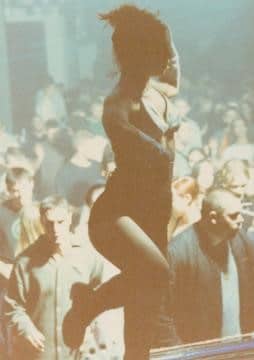
Waking from a coma
It was one month before Eva woke up. For six weeks after that Eva lay conscious but in post traumatic amnesia.
This newly acquired brain injury had suddenly brought her to the start a new life. At first, she had no feeling in her right side. Using only her left “feeling” side she could move herself out of bed. The nurses worried about Eva getting hurt because of moving in this way and as a result she had to be under constant medical surveillance.. They placed her in a bed on the floor, called a Craig Bed, to prevent further injury should she fall.
Waking up with an acquired brain injury meant waking up in a different life, different world and different body. As Eva describes it, “”Waking up from the injury was a new birth – a rebirth”.
Invisible disability
At first Eva was moved about in a wheelchair by hospital staff. She attended physiotherapy and speech therapy and gradually regained her independence, through intensive rehabilitation.
Over time she regained sensation in her body. She learned again how to stand, how to speak and then how to walk. She practiced climbing stairs and then – the more difficult – how to descend stairs. Eva was finally was moved from the protective ward to the head injury ward, and she moved from a wheelchair to her feet.
She was beginning life over, a life with invisible disability.
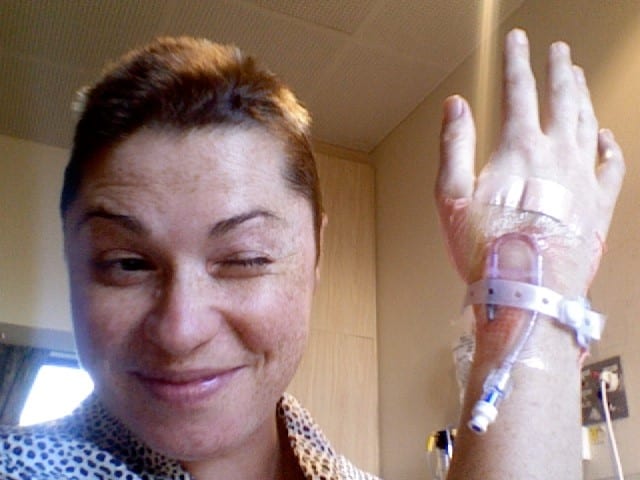
Disability arts sector
Eva’s natural tenacity and drive together with the excellent medical care she received in Melbourne, gave her the foundations for a new life. But she felt a great chasm of emptiness, longing and loneliness. What was this new life? She could no longer dance. What could she do? She was alone in this decision-making process.
Now, Eva says she wishes she’d received specialised career counselling from someone who worked with people with acquired disabilities. But at the time she was at a loss… How could she work? How could she re-join society? Five years of self-exploration led her back to art, this time in the disability sector.
Living with acquired brain injury
Eva says the friends she had had looked away, they stopped being her friend. They didn’t like what an acquired brain injury showed them – how vulnerable we all are. How quickly things can change. How nothing is guaranteed.
But in joining the disability arts sector, Eva discovered new comrades. People who were willing to look up. She found people who were willing to look at the hardships of what it means to be human.
“Patience and compassion.” These are the two human qualities Eva Sifis recommends we should all practice to make life better for anyone with an invisible disability.
Hodgkin’s lymphoma and chemotherapy
On the 10-year anniversary of the accident that caused her acquired brain injury, Eva was diagnosed with advanced Hodgkin’s Lymphoma. This meant she would have to undergo six months of chemotherapy followed by radiotherapy.
The heavy doses of chemicals affected her cognitive processes, causing setbacks to what she’d achieved so far through rehabilitation. She took a personalised approach to her recovery and also saw a naturopath during this time.
When the six months of chemotherapy were completed together with the naturopathy, the cancer had stopped growing. Eva’s recovery was rapid enough to avert the need for the planned radiotherapy. Her oncologist acknowledges that her combined approach probably had much to do with the recovery.
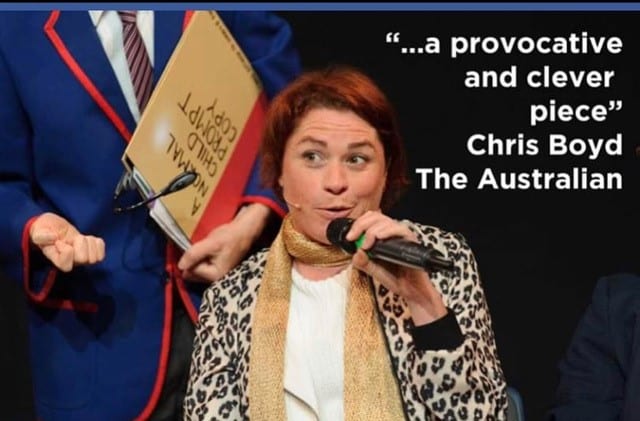
The role of art in disability and rehabilitation
Although she lost the ability to dance, Eva has found many new forms of artistic expression. She uses art as a driving force to explore being a human and living with an invisible disability.
She has been an assistant and producer of community art workshops. She’s acted in community theatre and been the associate director at the Other Film Festival. She’s also featured in a book called Fierce and Fabulous by Nkandu Beltz.
Currently Eva is project manager of Nexus at Arts Access Victoria, producing, managing and leading workshops for those with brain injury. She is a consultant for the Australian Federation of Disability Organisations and with Women with Disabilities Victoria. She also works with Voice at The Table. This is a program championing inclusion of people with cognitive disabilities in decision and policy making processes that affect them.
Eva’s own website “By Accident” is also the title of a series of brain injury workshops she has developed. The workshops provide strategies for living with an acquired brain injury and can also help carers, supporters or family members. The By Accident website lists resources and therapies for brain injury – and all from someone with first-hand knowledge.
Continued mobility for softer landings
Eva was in a wheelchair for the early stages of recovery, but for many people a wheelchair is permanent. If you use one, it’s important to know about wheelchair insurance, which Blue Badge offers. We also offer up to 25% off car insurance for disability parking permit users like Eva.

